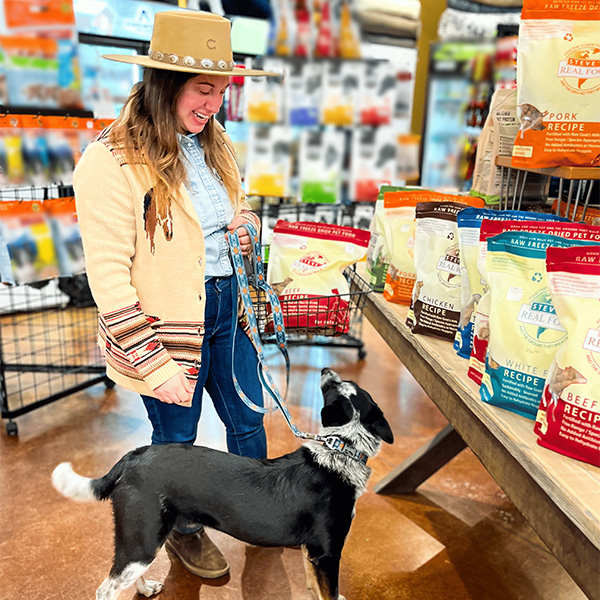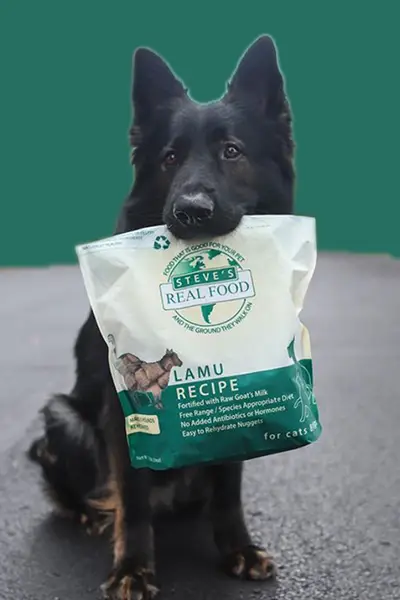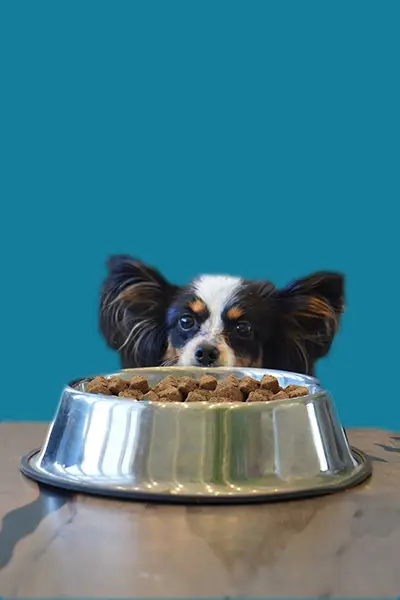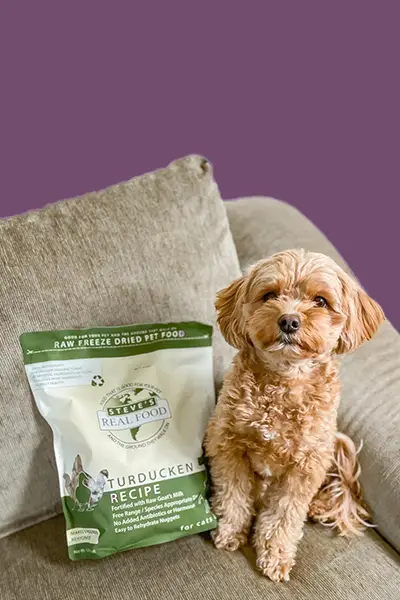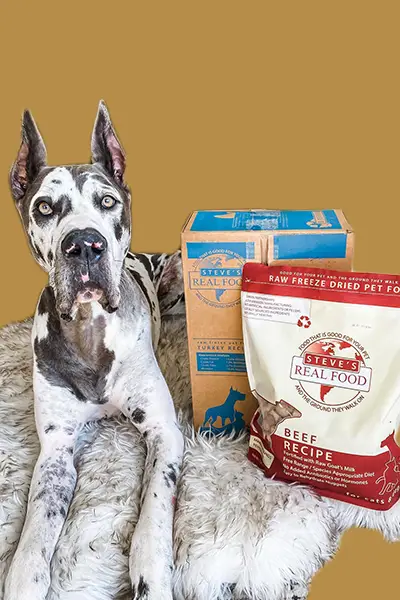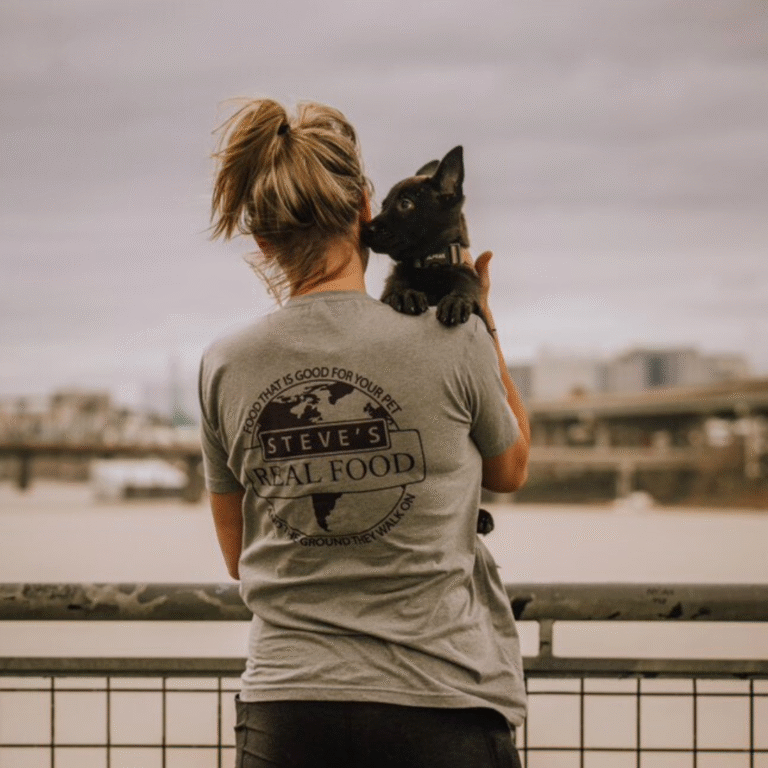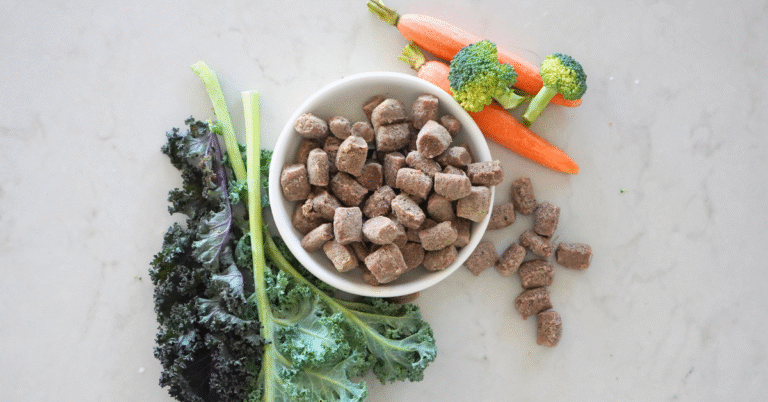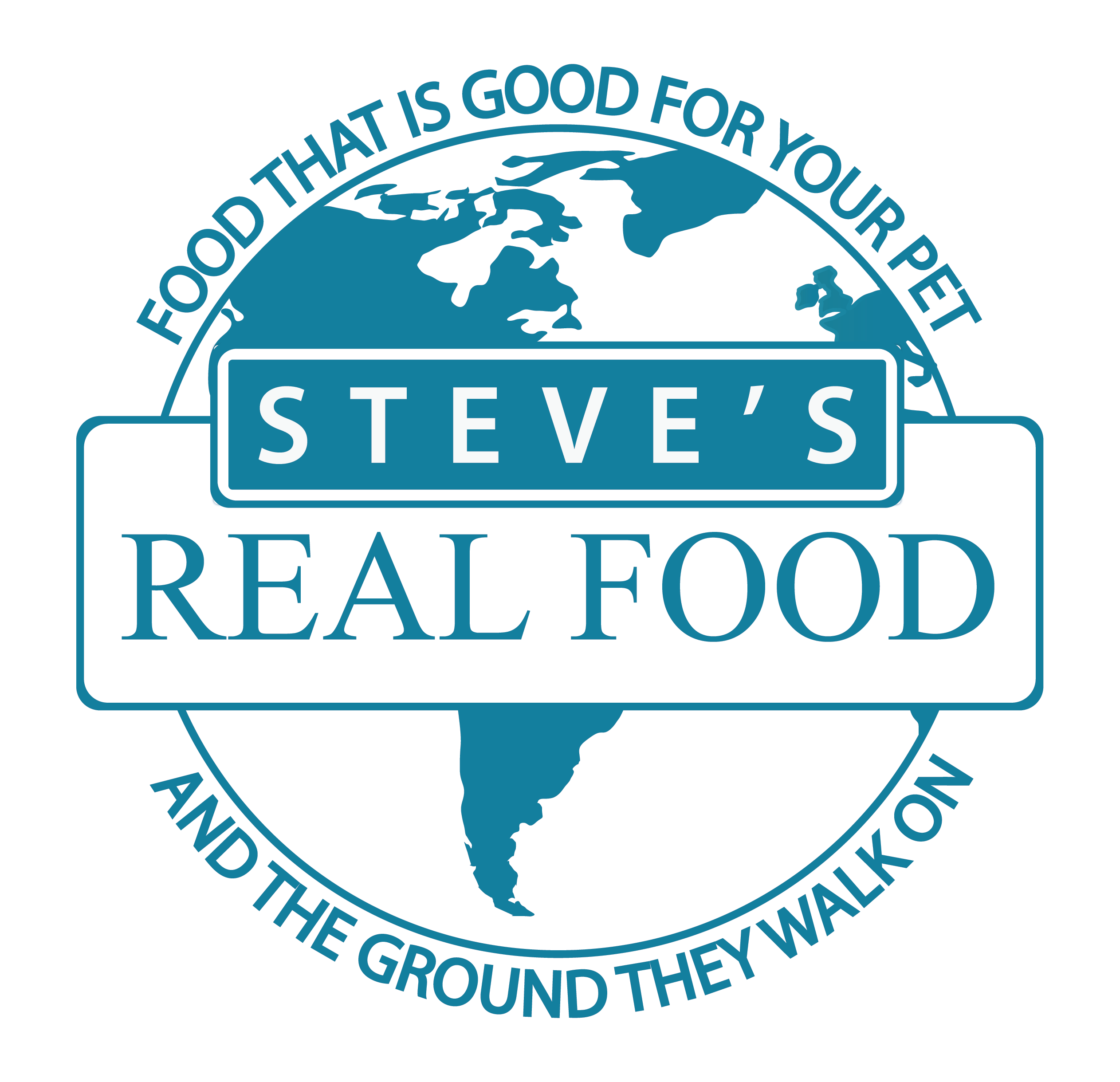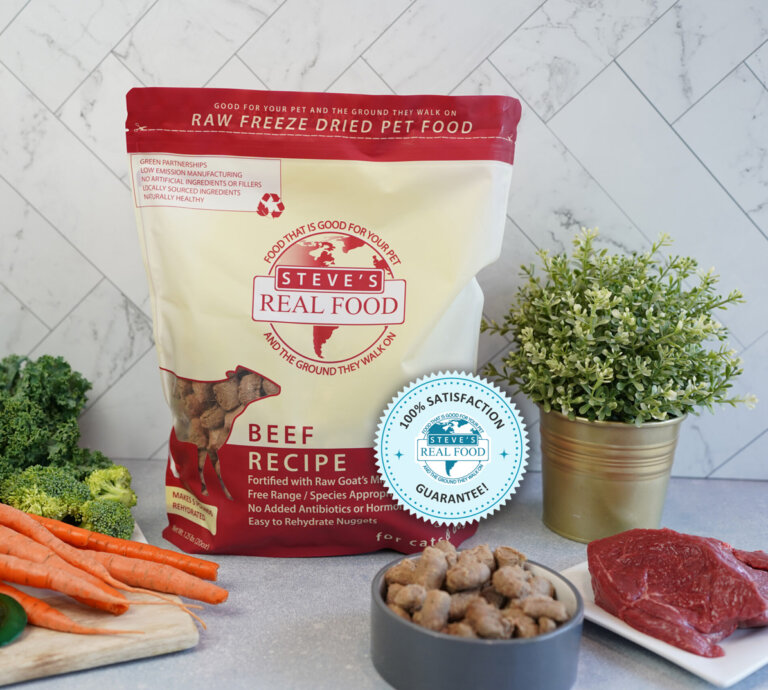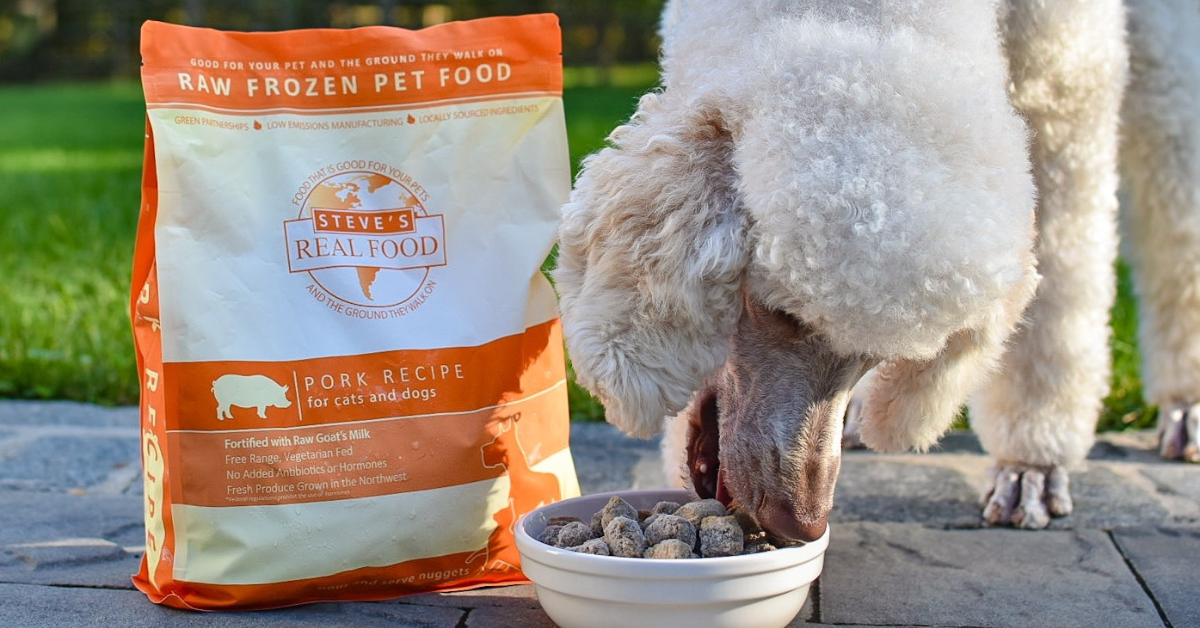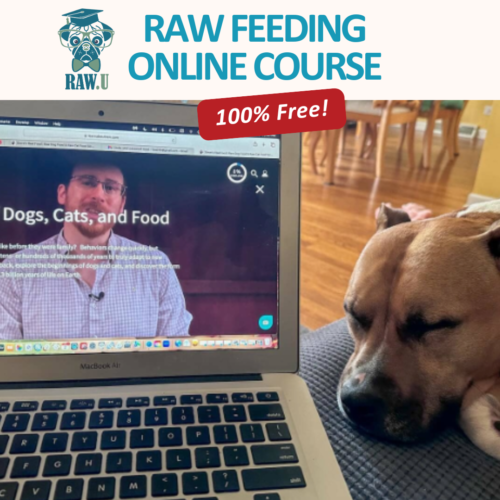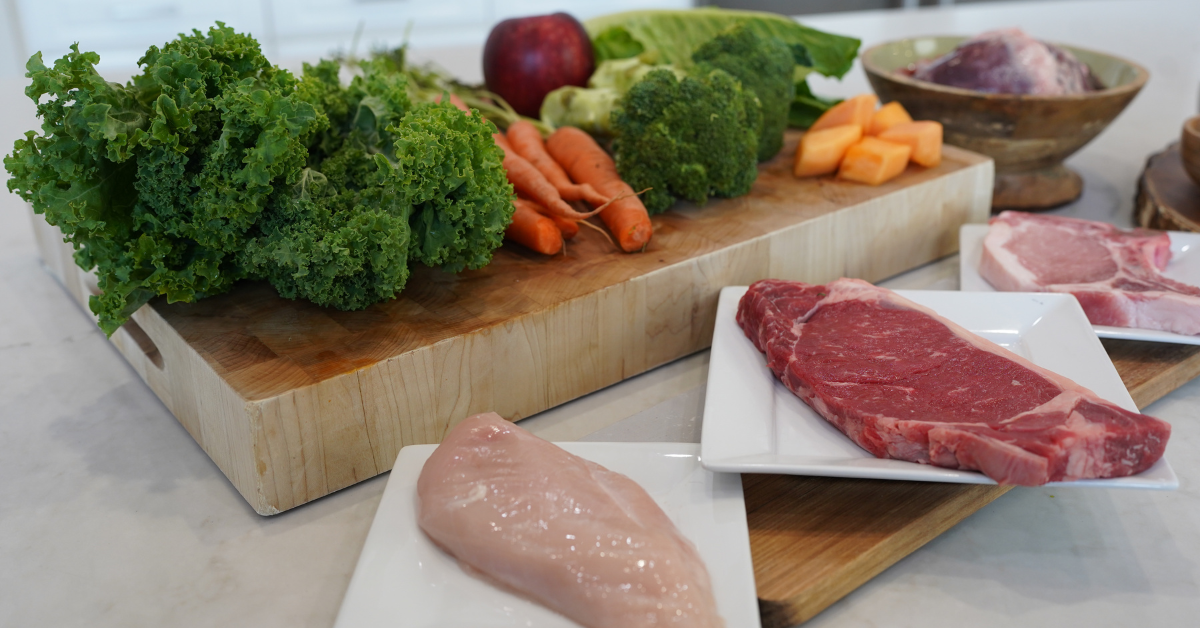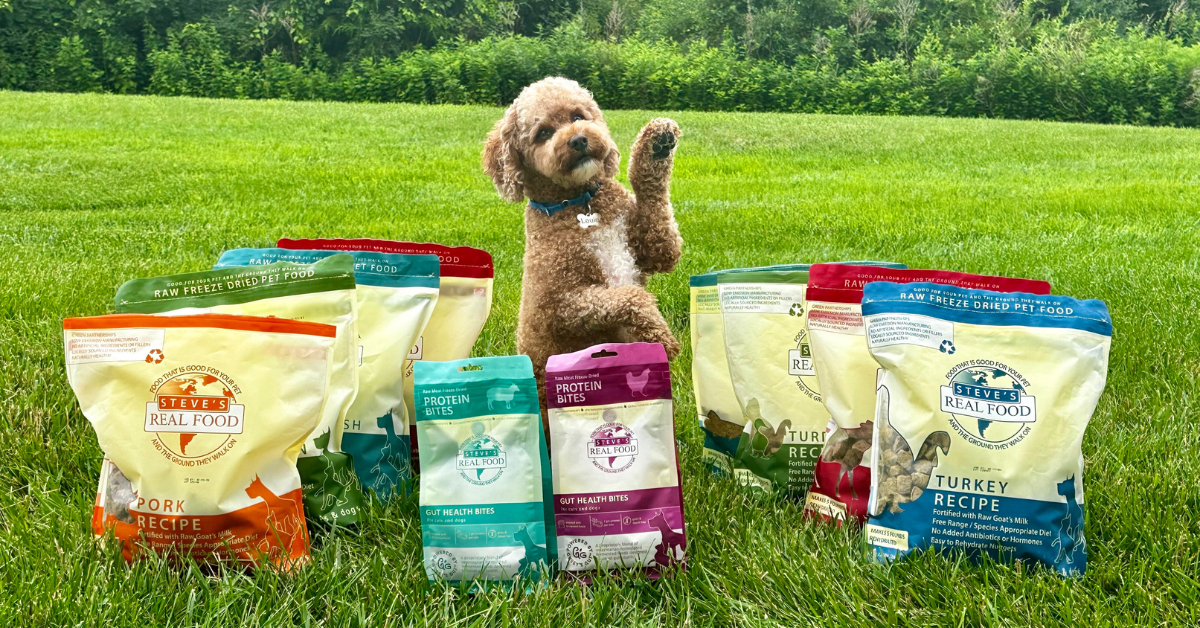Many pet parents love including pork in their pet’s rotation for its high digestibility, low-fat, and nutritional qualities. Pork is considered a neutral protein, meaning it’s not heating or cooling. It is an excellent choice for pets with digestive or skin issues, as its energetic properties are well-balanced. It’s a great source of protein, amino acids, fatty acids, and B vitamins. It’s also an enjoyable protein for dogs and cats; our Quest Pork is a notable favorite among cats.
However, many pet parents don’t feel comfortable feeding pork to their pets. Some of these decisions are based on personal preference or religious limitations, but some hesitation is due to a bad reputation that pork doesn’t deserve. Let’s examine some of the most common questions surrounding pork.
Is Pork Too Fatty?
Specific cuts can be high in fat, but the same could be said for any protein source. There are cuts of beef that are very high in fat, and there are lean cuts. If you only used fat deposits from fish or the skin from chicken, you could also argue that these animals are too high in fat.
These leaner and fattier cuts are blended when crafting a complete and balanced raw food to provide just the right amount of fat for our pets. Our Steve’s Original Pork Recipe for dogs and cats is only around 10% fat, which is very close to many other proteins in our lineup.
Does Pork Have Too Much Salt and Preservatives?
Pork can be salted and preserved to make various tasty human treats, such as sausage, bacon, ham, and prosciutto. However, pork is not naturally salty or full of chemical preservatives.
Fresh, raw pork is very close to chicken or turkey in sodium levels and contains no preservatives or added chemicals.
Can Raw Pork Transmit Trichinella to Pets?
There is some truth to this concern; raw pork is a potential source of the parasitic worm Trichinella. Luckily, more diligent farming practices have significantly reduced the likelihood of finding trichinella in farmed pork. Most cases of trichinella in the US are now from game meats, such as boar or bear.
We source our pork from a family business that provides animals with plenty of space and daily access to veterinary care. Our pork is also frozen at subzero temperatures, which will kill any parasites such as toxoplasmosis and trichinella. Due to Steve’s safety practices, our pork does not carry the risk of transmitting trichinella or other parasites to our pets.
Is Pork Less Digestible Than Other Meats?
Meat is highly digestible for dogs and cats, typically 85-95% digestible. Pork is no different. It is easy to digest and provides a wide array of amino acids, fats, and other beneficial nutrients.
One source of this myth is the idea that pork is a very fatty meat and thus harder for the body to process. Uncooked pork fat is easily digested when consumed in moderation, such as in a complete and balanced raw food like our Steve’s Original Pork Recipe.
Another reason for this myth is that feeding cooked and processed pork, such as ham, can be very hard on your pet’s digestive system and even contribute to pancreatitis. There are usually large spikes of dogs admitted for pancreatitis during the holiday seasons, when families break out spiral-cut hams and well-meaning relatives sneak mouthfuls to pets under the table.
Again, fresh, raw pork is an easily digested, high-quality source of nutrients for our pets. Processed meats such as ham, bacon, and sausage should be avoided.
Does Pork Have a Poor Omega 6:3 Ratio?
Pork, on its own, typically has an omega 6:3 ratio of 10:1 to 20:1. While this number isn’t considered great, other rich sources of omega-3 added to recipes will provide a more balanced ratio of these essential fatty acids. We add flaxseed, chia seed, goat milk, kelp, and salmon oil to provide a balanced blend of omega fatty acids in each of our diets.
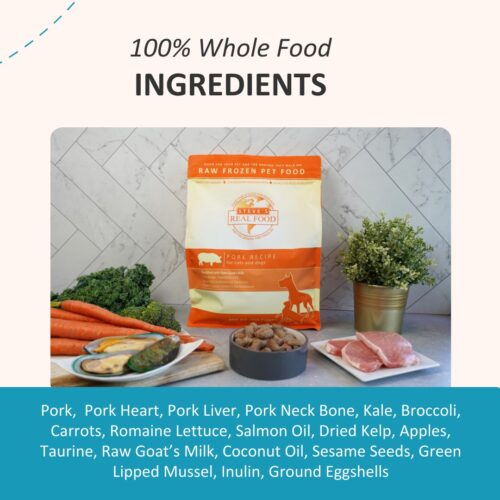
Does Pork Contain More Toxins Than Other Meats?
The rumor that pork is “dirty” likely stems from the fact that pigs don’t eliminate toxins through their sweat glands, which some other animals can do, giving the impression that toxins continually build up throughout the entire life of the pig, which is untrue. Instead, toxins are eliminated just as effectively through the organs.
Pigs are also well-known for their love of rolling in mud to cool off, which understandably adds to their reputation for being unclean. However, when pigs are raised in cool, clean environments, they are among some of the cleanest animals. They prioritize hygiene even from a young age, carefully relieving themselves away from where they eat and sleep.
Where Does Steve’s Real Food Source Their Pork?
The pork used in our Original Frozen & Freeze-Dried diets and our Quest Cat Food comes from Carlton Farms in Oregon. Carlton Farms is a family business founded in 1956 that partners with local farmers to produce high-quality, humanely raised meat. They are USDA-inspected and work closely with veterinarians to provide excellent animal care.
You can learn more about our sourcing here: Steve’s Real Food’s Ingredients.
Should I Feed My Dog or Cat Pork?
Pork is an excellent option for any dog or cat’s rotation. It is a good source of easily digestible protein, amino acids, fatty acids, fats, minerals, and even B vitamins. When pigs are raised humanely with good practices and plenty of space, the meat is nutritious and clean, free from toxins and contaminants. As a neutral protein (not heating or cooling), it can help encourage a balanced immune system and may be a good choice for pets with skin or digestive problems.
What is Rotational Feeding, and Why Is It Important?
From the 1960s until the last decade, one message has been repeated over and over: “If you change your pet’s food, they will get an upset stomach. Pick one thing and stick with it!”
This statement would sound ridiculous if applied to any animal besides cats and dogs. Imagine a pediatrician telling you to feed one processed food to your growing child exclusively; never change it. That’s a terrific way to create a sickly child with stomach problems galore.
Luckily, that mantra from the olden days is being replaced by calls for treating food less like a prescription and more like food. More and more research highlights the importance of rotation or feeding various protein sources. Each meat provides a different nutrient profile, including amino acids, minerals, fatty acids, and other compounds. By rotating between proteins, you provide your pet with a changing cast of nutrients. Not only does this give them more building blocks to work with, but it also reduces their chances of developing allergies or intolerances to proteins.
Benefits of Rotational Feeding
- Reduces food monotony, which is losing interest in a food from eating it too often.
- Increases the variety of nutrients. Even complete and balanced foods will have varying essential and nonessential nutrients.
- Reduces the risk of toxicity if one food has a nutrient deficiency, surplus, or contamination issue.
- Increases dietary flexibility, allowing your pet to switch seamlessly between different recipes and types of food. A robust, healthy digestive system should be able to handle variety.
- Reduces the chances of developing allergies or sensitivities to one specific food. Feeding one food or protein for too long can oversensitize the body to it, causing allergy symptoms.
- Increases dining enrichment since your pet gets to explore new flavors.
- Reduces picky eating, as dinner or breakfast becomes more exciting and less monotonous.
How to Rotate Your Pet’s Diet
Pets new to rotational feeding will take a little time to get used to it. It’s important to transition between proteins when introducing them for the first time. For most pets, that can be as simple as feeding a half-and-half meal for a day or two. Others may require longer transitions between varieties. You can always feed the new protein as treats for a few days to get them prepared. Once a pet has successfully eaten a protein for a while, they should be able to switch to it easily without another transition period.
Rotation can be as often as offering a different recipe for each meal. It can be monthly or simply every time a new package is opened. You can keep the bulk of each meal the same and add new proteins on the side or replace a couple of meals a week with a different protein. There are no hard and fast rules, just do what fits your lifestyle, and of course, whatever makes your pet happy!
Steve’s Real Food Original Diets work very well as a rotating menu since the protein and produce in each formula vary. The Original Diets are 80% meat, organ, and bone and 15% purposeful produce. This similarity makes it easy to transition between them even as the ingredients change.
Pork is a Great Protein for Both Dogs and Cats
Pork is a clean, highly digestible protein that most pets do well on. We recommend rotational feeding for a variety of nutrient profiles. If you haven’t added pork to your pet’s diet yet, give it a chance. It may become your dog or cat’s new favorite!
Check out our Original Pork for Dogs and Cats, or our Pork Quest for Cats.
 Beef
Beef Chicken
Chicken Whitefish
Whitefish Pork
Pork Lamb
Lamb Turkey
Turkey Turducken
Turducken All Protein
All Protein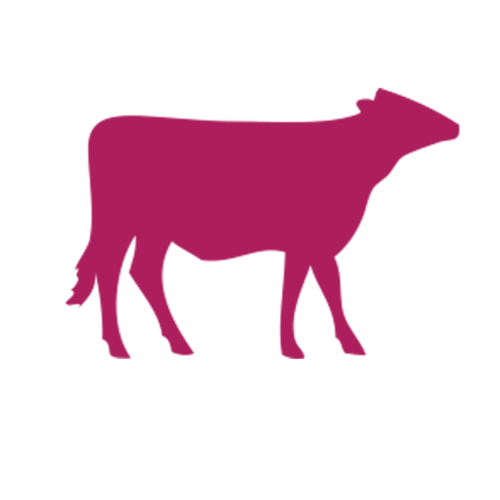 Beef
Beef Chicken
Chicken White Fish
White Fish Pork
Pork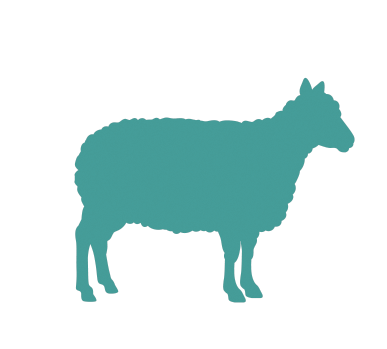 Lamb
Lamb Turkey
Turkey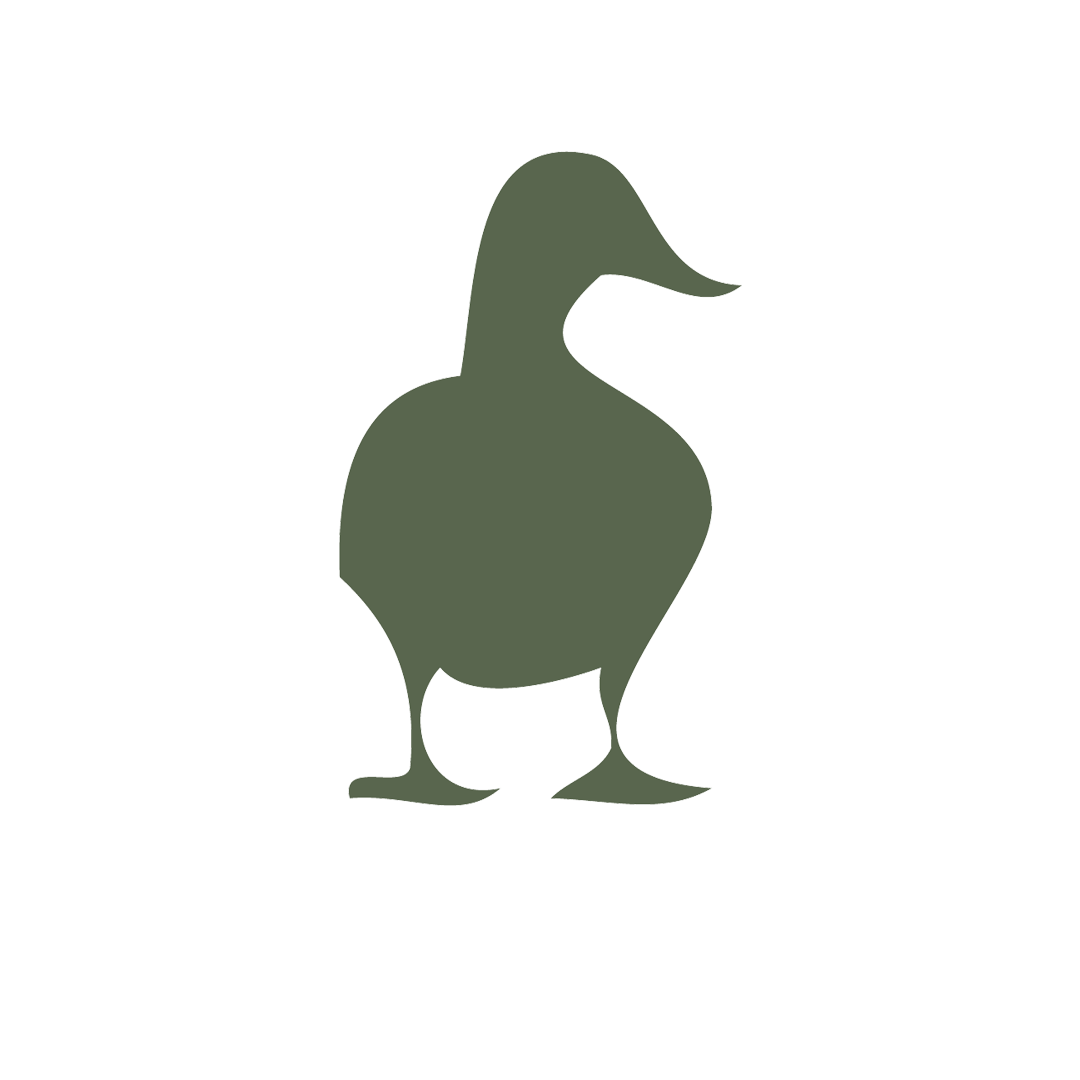 Duck
Duck All Products
All Products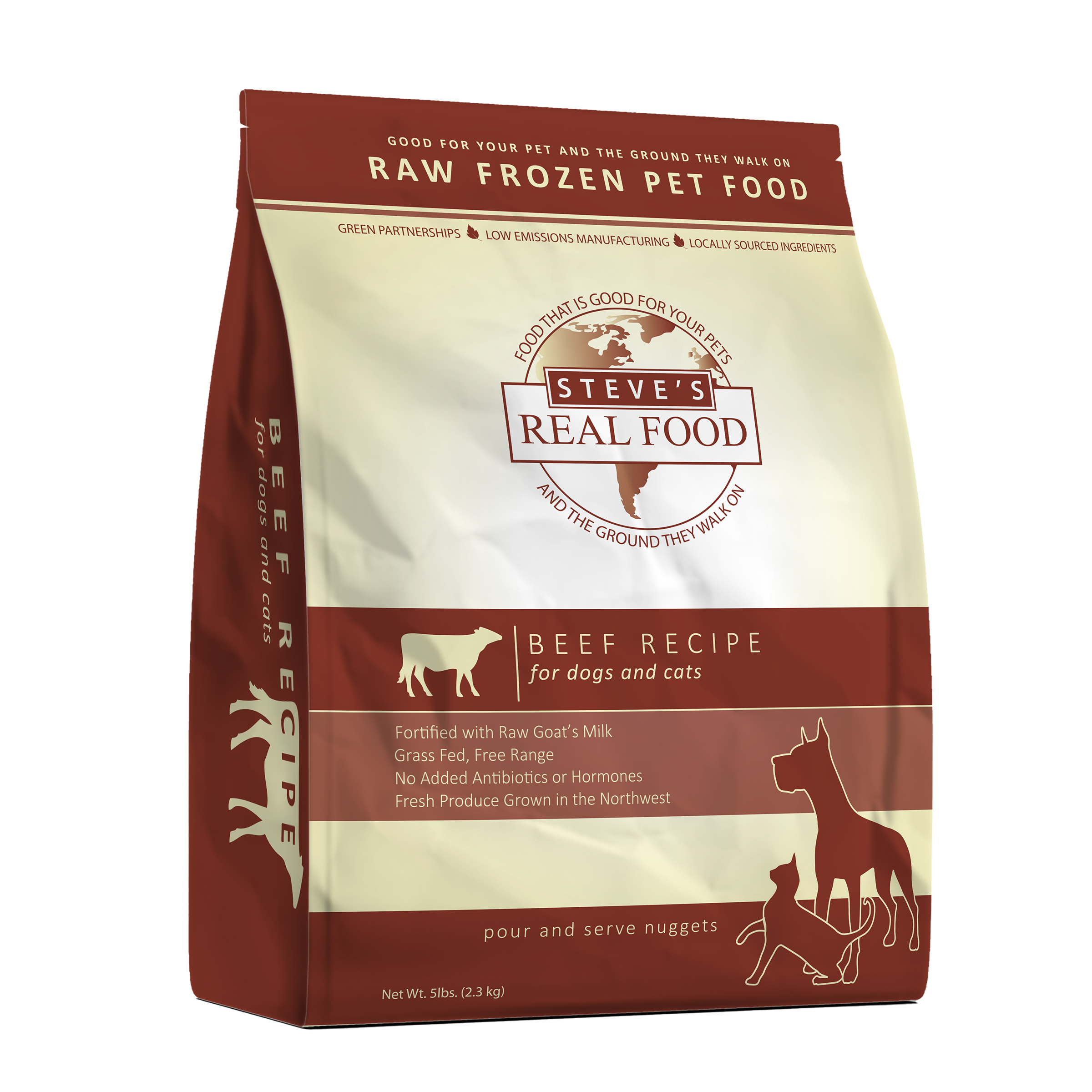 Frozen Raw Pet Food
Frozen Raw Pet Food
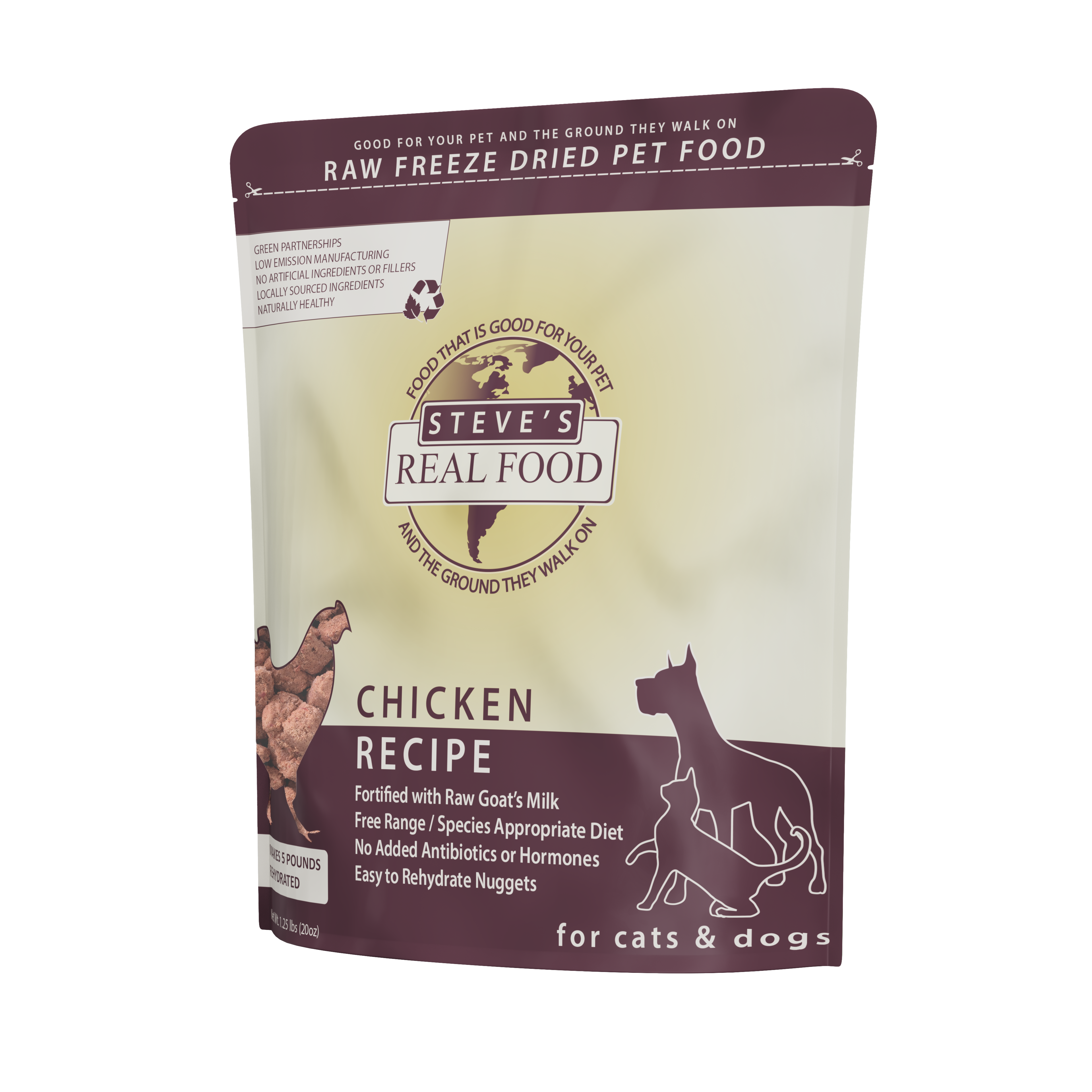 Freeze Dried Raw Pet Food
Freeze Dried Raw Pet Food
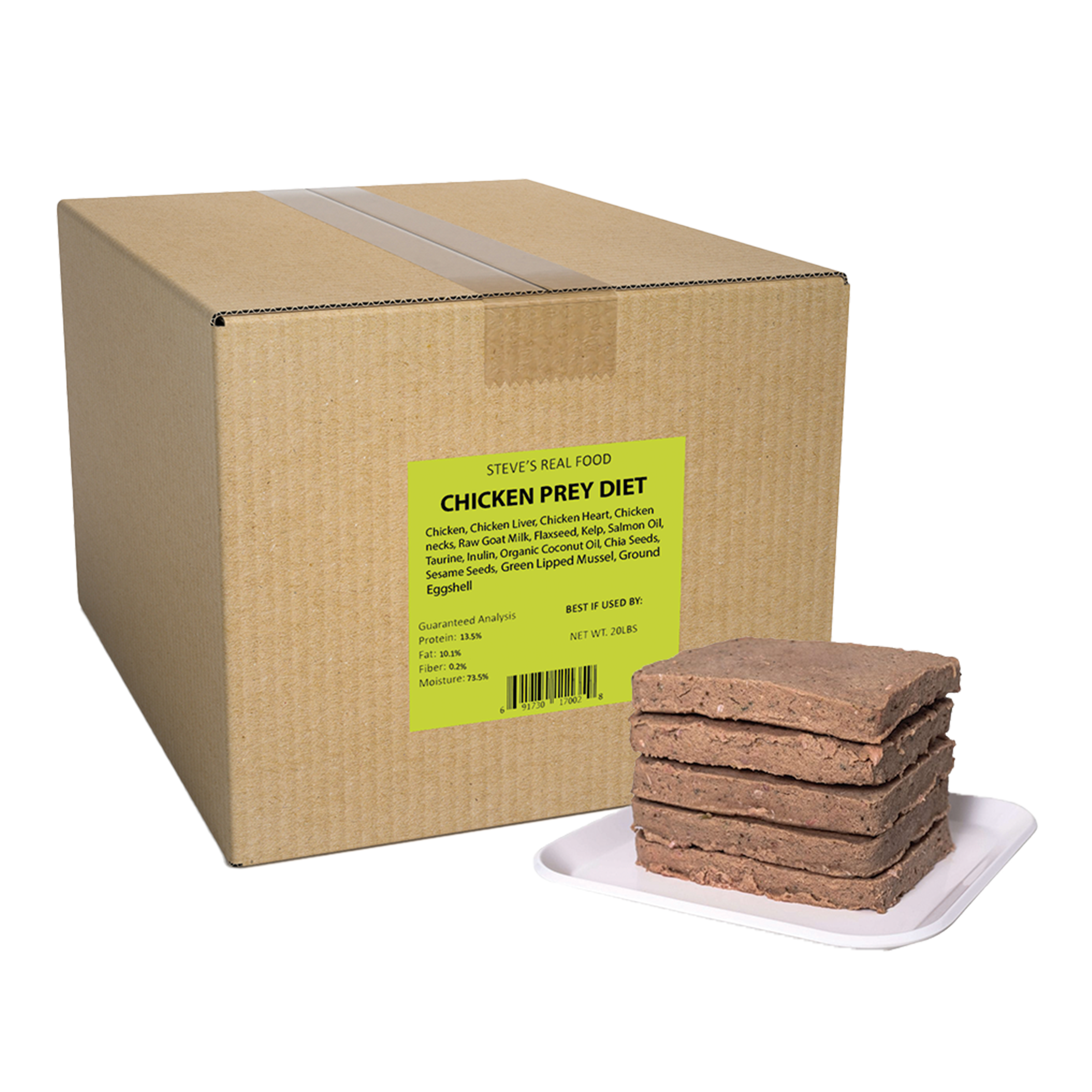 Frozen Prey Diet
Frozen Prey Diet
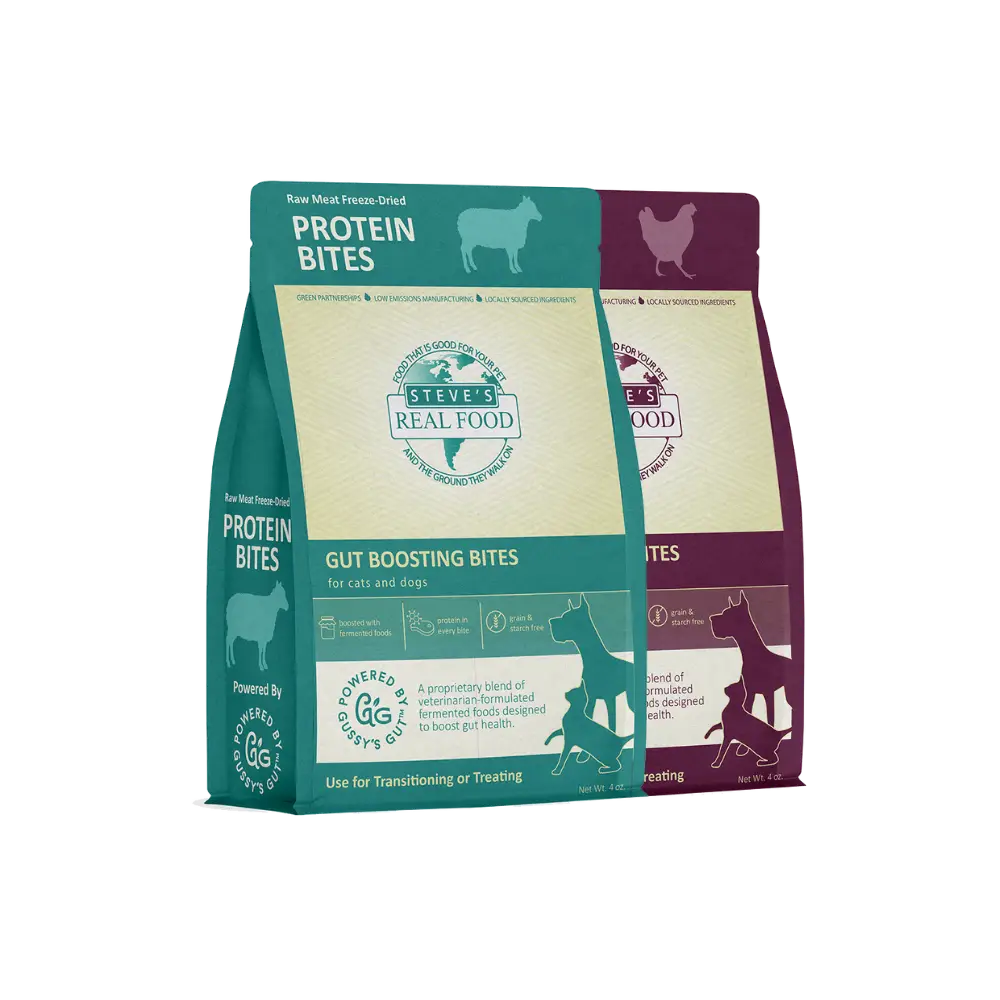 Freeze Dried Protein Bites
Freeze Dried Protein Bites
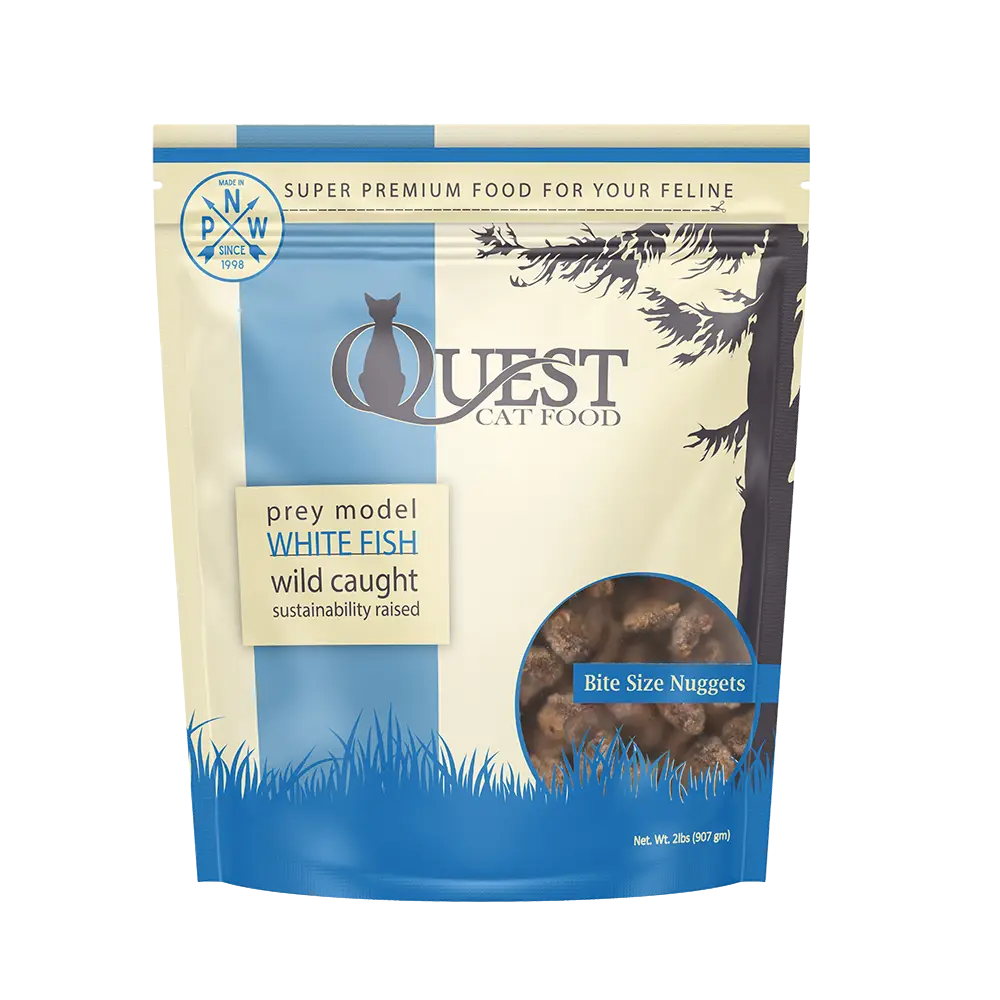 Frozen Quest
Frozen Quest
 Freeze Dried Quest
Freeze Dried Quest
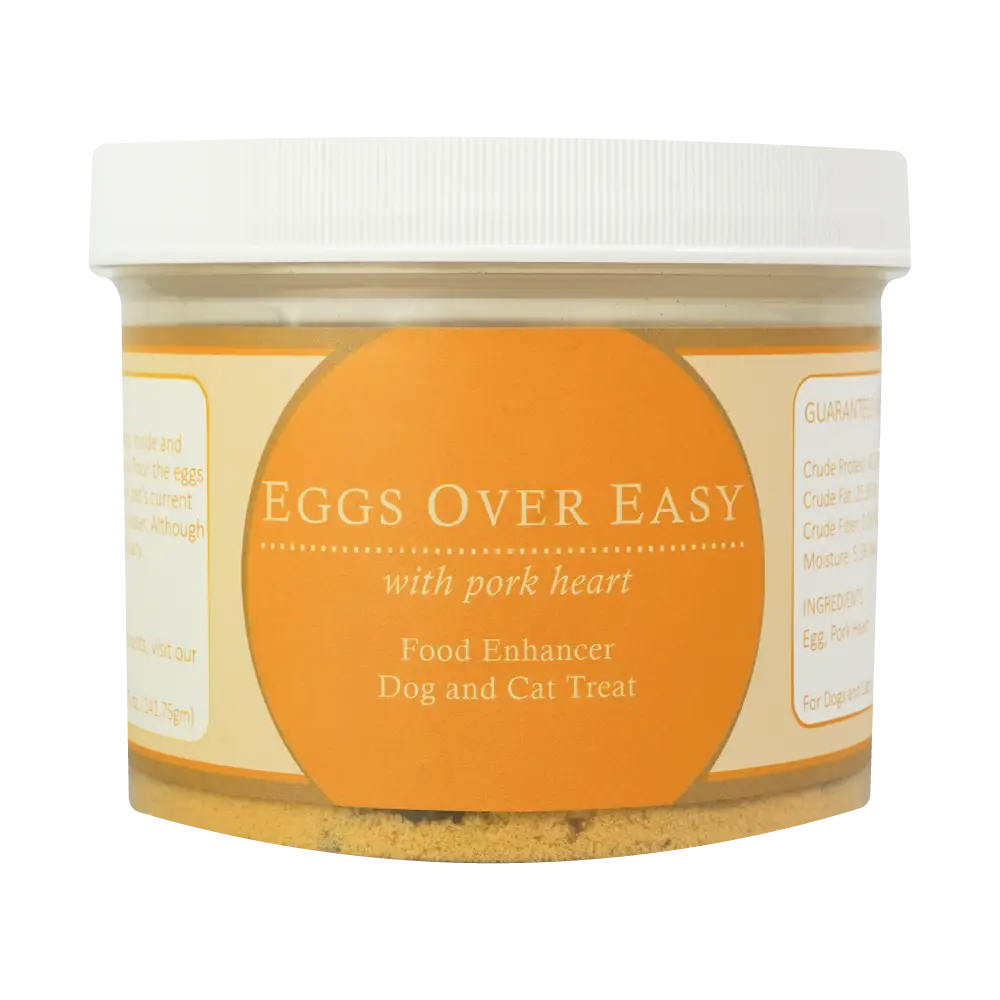 Eggs over Easy
Eggs over Easy
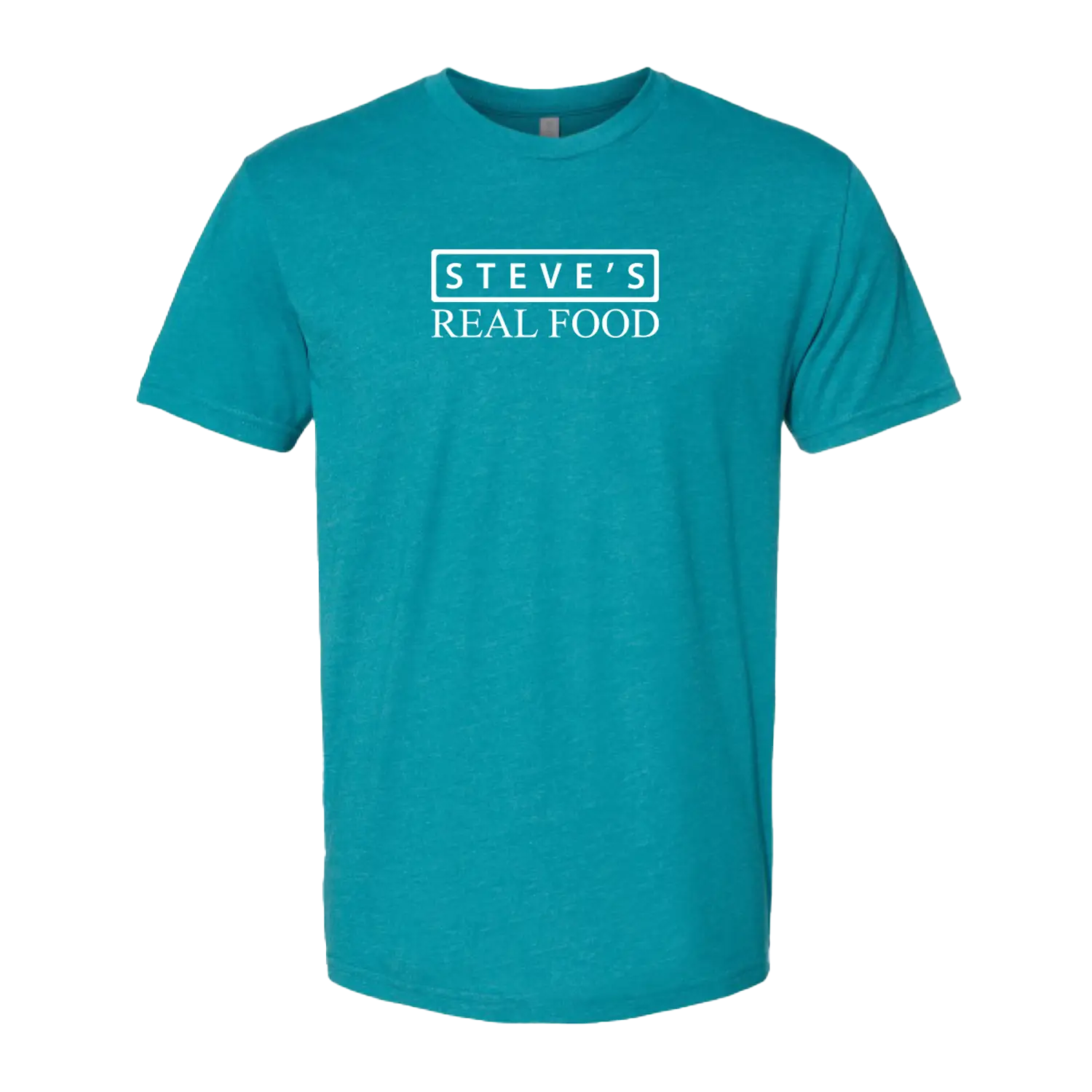 Steve's Merch
Steve's Merch 